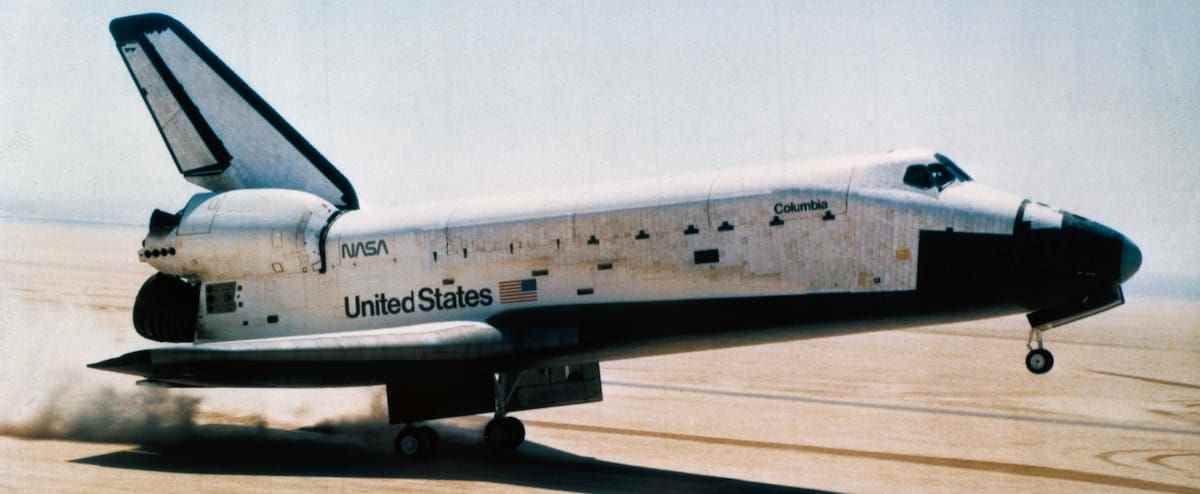On February 1, 2003, Columbia disintegrated over Texas in a mixture of thick fog and deafening noise, claiming the lives of seven astronauts and hastening the retirement of US space shuttles.
“Columbia, Houston here (…) We didn’t get the last (message)…”. Captain’s response: “Welcome, mm…”. Communication is broken.
It’s 8:59 a.m. on the east coast of the United States. The American space shuttle Columbia is approaching the Earth at more than 21,000 km/h. A few minutes later, it disintegrates into an orange glow visible 61 km below.
A rain of incandescent metal falls on parts of Texas and Louisiana.
A video cassette, found later with debris, immortalizes carefree astronauts, glued to the shuttle’s portholes about ten minutes before the accident.
“It’s bright orange, yellow, all around the nose” of the shuttle, comments one of them. Columbia then enters the atmosphere, surrounding itself with a ball of very high temperature plasma.
Five men and two women
The images become cloudy and then turn black four minutes before the mission control center in Houston (Texas) detects the first problems with Columbia’s instrumentation.
NASA’s final report says the astronauts had time to realize there was a problem as the pilot tried to regain control ‘before the crew lost consciousness’ due to depressurization. of the cabin.
They were seven on board, six Americans and one Israeli, five men and two women. They remain to this day the last victims of space, seventeen years after the explosion of the American shuttle Challenger in 1986.
Tired NASA
Columbia had flown off in mid-January from Cape Canaveral for a scientific mission in orbit. It was then his 28th flight. 81.7 seconds after takeoff, a piece of insulation the size of a suitcase detached from the central fuel tank and struck the edge of the left wing, cracking the heat shield.
Technicians repeatedly request a visual inspection of the shuttle before its return to Earth. Without results.
Sixteen days later, the breach lets in very hot gases (more than 1,000 degrees) generated by the shuttle’s friction with the upper layers of the atmosphere. The aluminum structure of the left wing began to melt and break.
“We are convinced that the management practices governing the space shuttle program (Columbia) are as much a cause of the accident as the insulation that struck the left wing”, write, seven months later, the thirteen investigators from the Board of Inquiry (CAIB).
Their 250-page report highlights in particular “organizational causes”, “rooted in the history and culture” of the agency. The authors denounce “limited resources, fluctuating priorities, launch pressures…”, and harass NASA for the non-respect of safety procedures and its tendency to rest on past successes.
They also believe that a rescue operation of the crew could have been attempted.
Back with SpaceX
The American shuttles represent a specific space transport system. Consisting of a space plane carrying crew and satellites, two powder accelerators and an external tank, they are recoverable, a novelty.
Five will be sent into space: Columbia, Challenger, Discovery, Atlantis and Endeavour.
After the accident of 2003, the Bush administration decided to draw a line under the program: the three shuttles still in exercise will retire in 2011 as soon as the International Space Station (ISS) is completed.
Until 2020 and the resumption of flights with the private company SpaceX, the United States will depend on Russia to deliver astronauts to the ISS.







